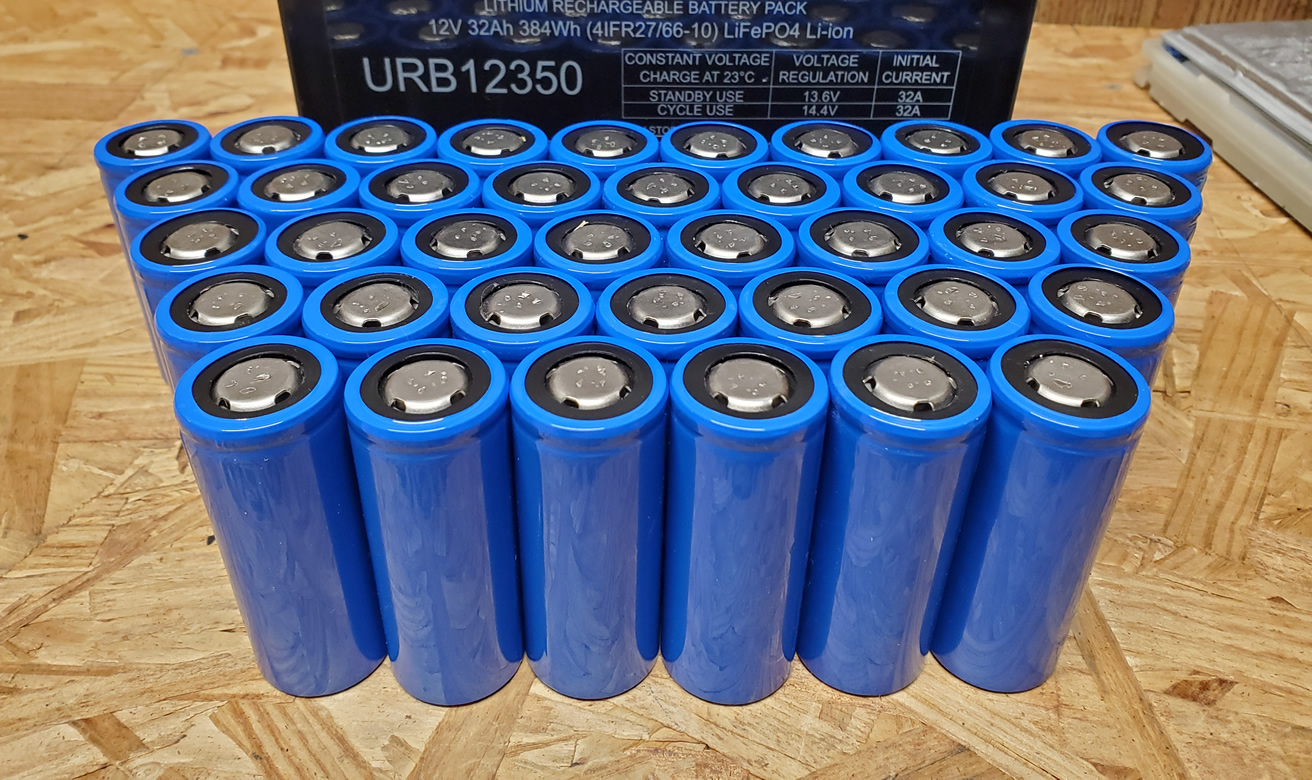Hi all,
I am ordering a bunch of TP4056 and single cell 18650 holders, with a view to building a charging station for up to 5 individual 18650 cells. The TP4056 modules will all be run from a common regulated 5v supply, but I am wondering what kind of current will be drawn from it if all 5 cells are charging at (for argument's sake) 1A. In that case, does each module draw 1A from the supply; is there an overhead to operate the chip and LEDs, etc. (or maybe that is catered for by the 0.8v difference between source and charge voltages); or is there no direct correllation between the charging current and the current drawn from source? I have an 18650 charger module I salvaged from a cheap single cell powerbank, but it is not a TP4056 (no marking on chip, but pinout does not match) and it is only charging at about 290mA, but draws around 400mA. Not a huge difference in the grand scheme of things, and my 5v bench supply can happily provide 13A... just wondered if anyone knows - I can't see it listed on the datasheets.
TIA
Grum
I am ordering a bunch of TP4056 and single cell 18650 holders, with a view to building a charging station for up to 5 individual 18650 cells. The TP4056 modules will all be run from a common regulated 5v supply, but I am wondering what kind of current will be drawn from it if all 5 cells are charging at (for argument's sake) 1A. In that case, does each module draw 1A from the supply; is there an overhead to operate the chip and LEDs, etc. (or maybe that is catered for by the 0.8v difference between source and charge voltages); or is there no direct correllation between the charging current and the current drawn from source? I have an 18650 charger module I salvaged from a cheap single cell powerbank, but it is not a TP4056 (no marking on chip, but pinout does not match) and it is only charging at about 290mA, but draws around 400mA. Not a huge difference in the grand scheme of things, and my 5v bench supply can happily provide 13A... just wondered if anyone knows - I can't see it listed on the datasheets.
TIA
Grum





